"Parnasus Apollo" by Raphael (1511).
Click on image for full size
Image courtesy of Planet Art.
Apollo
In Greek mythology, Apollo was the son of Zeus (Jupiter) and Leto (Letona). His twin sister is Artemis (Diana). He was the god of the Sun, and was also a fine musician and healer.
He was known as the god who could foretell the future. His most famous sacred place was at Delphi, site of the Oracle of Delphi. Apollo and his sister had short tempers, and sometimes killed for revenge.
The Romans also believed in Apollo as the god of light, music, and healing.
You might also be interested in:

What types of instructional experiences help K-8 students learn science with understanding? What do science educators teachers, teacher leaders, science specialists, professional development staff, curriculum designers, school administrators need to know to create and support such experiences?
...more
In Roman mythology Jupiter was the king of heaven and Earth and of all the Olympian gods. He was also known as the god of justice. He was named king of the gods in the special meeting that followed his
...more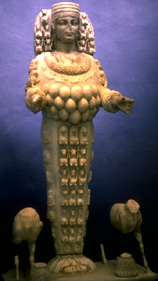
Artemis was the twin sister of the god Apollo. Her father and mother were Zeus and Latona. Artemis was the goddess of the Moon. She was also known as the goddess of the hunt. Romans identified Artemis
...more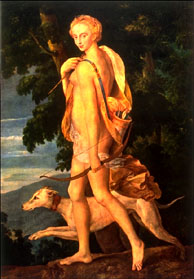
Diana was the twin sister of the god Apollo. Her father and mother were Jupiter and Latona. Diana was the goddess of the Moon, and she preferred the company of young goddesses. She was also known as the
...more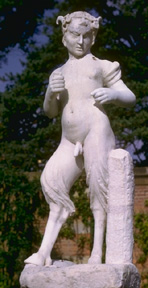
Faunus was a Roman pastoral god. The Romans identified him with the Greek god Pan . Like Pan, Faunus had the legs and horns of a goat. Faunus was an oracular deity. He was able to predict the future that
...more
It seems the sky is filled with mythical people and animals. But now meet the one and only musical instrument to grace the sky: Lyra, the Lyre! A lyre is a small harp, small enough to fit in your lap.
...more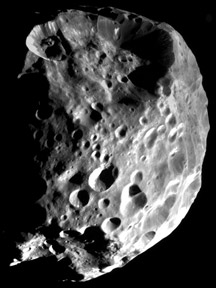
Phoebe is the name of a moon of Saturn. Phoebe is a fairly small moon. It is about 220 km (137 miles) across. Eight of Saturn's moons are larger than Phoebe. A whole bunch of Saturn's moons are smaller
...more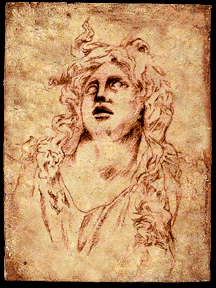
Gaea, or Mother Earth, was the great goddess of the early Greeks. She represented the Earth and was worshipped as the universal mother. In Greek mythology, she created the universe and gave birth to both
...more















